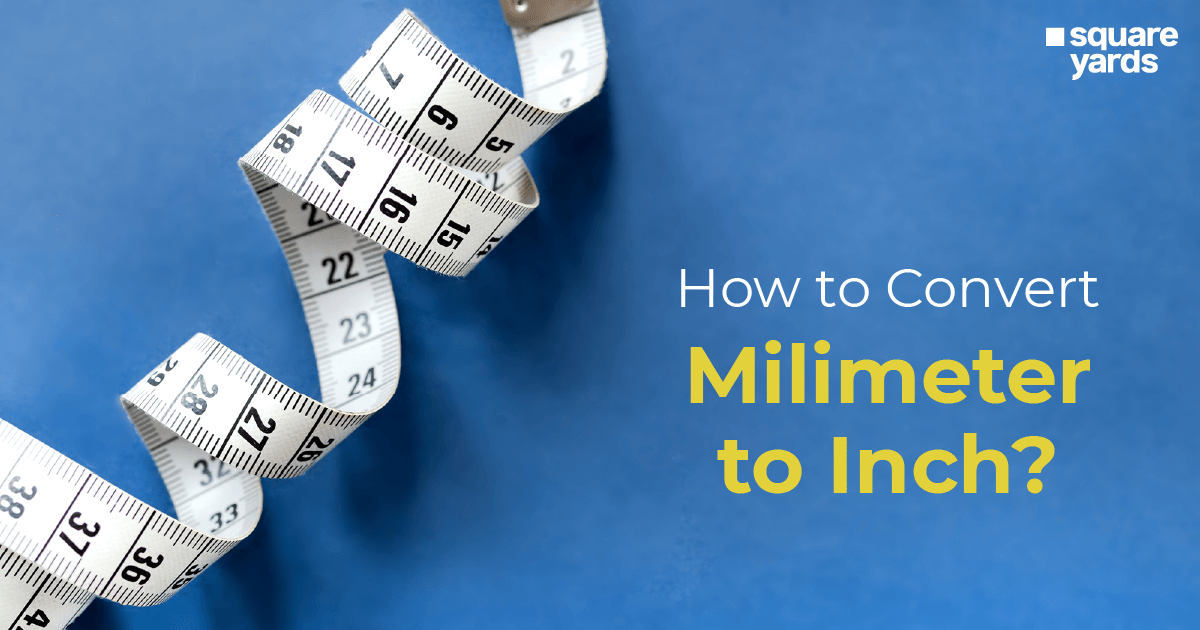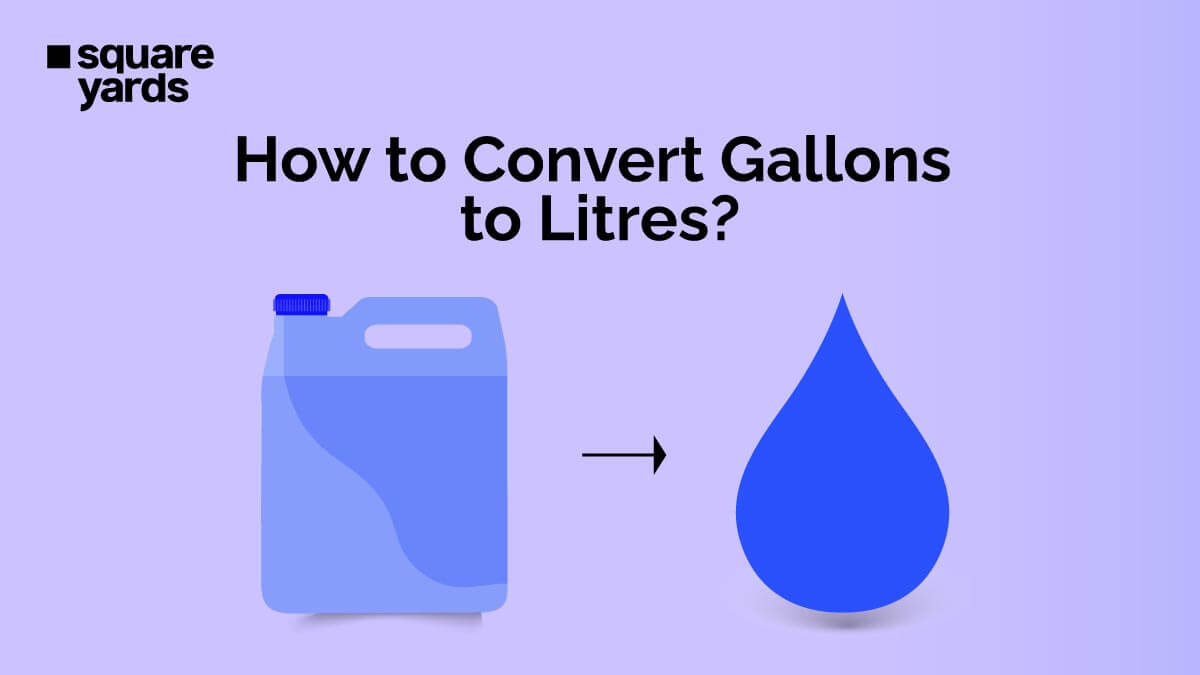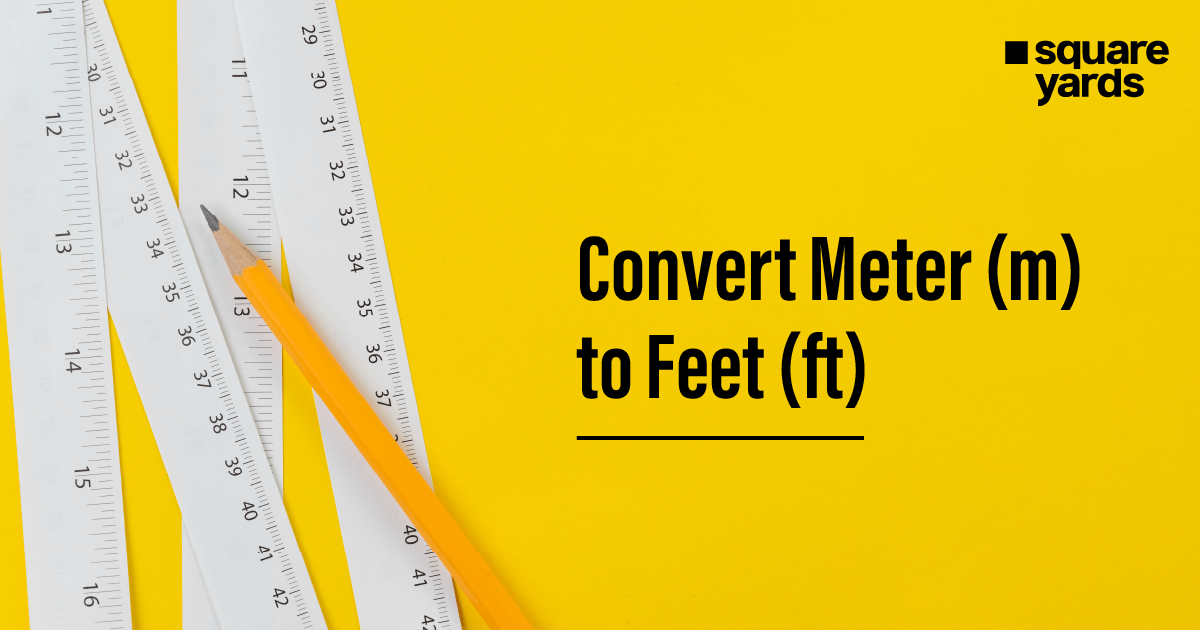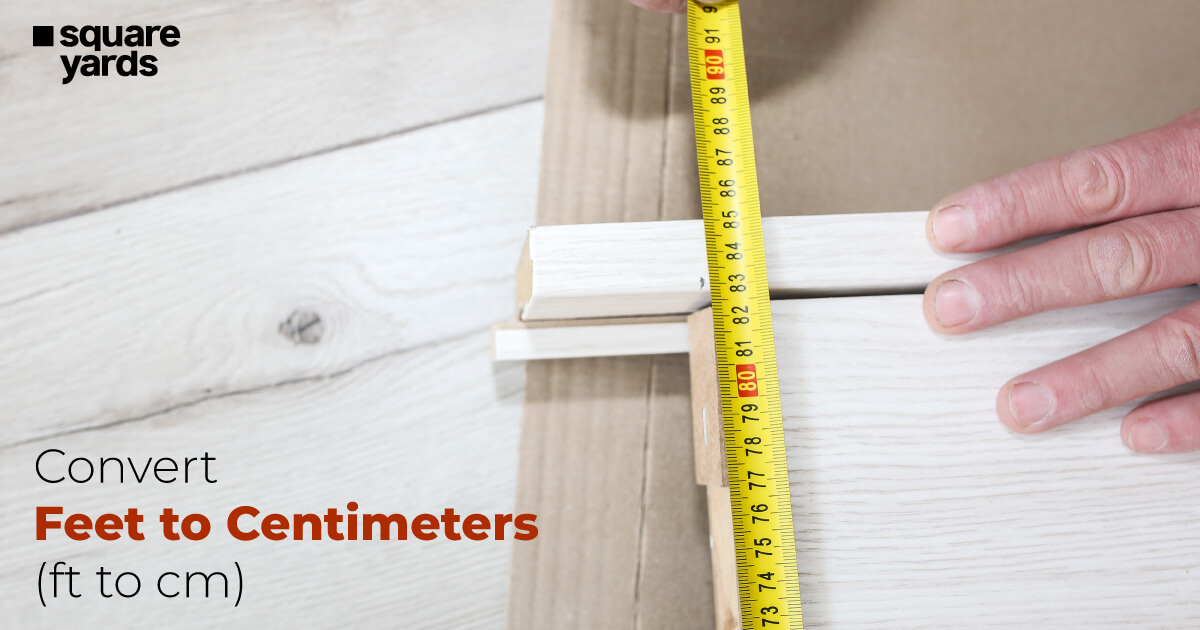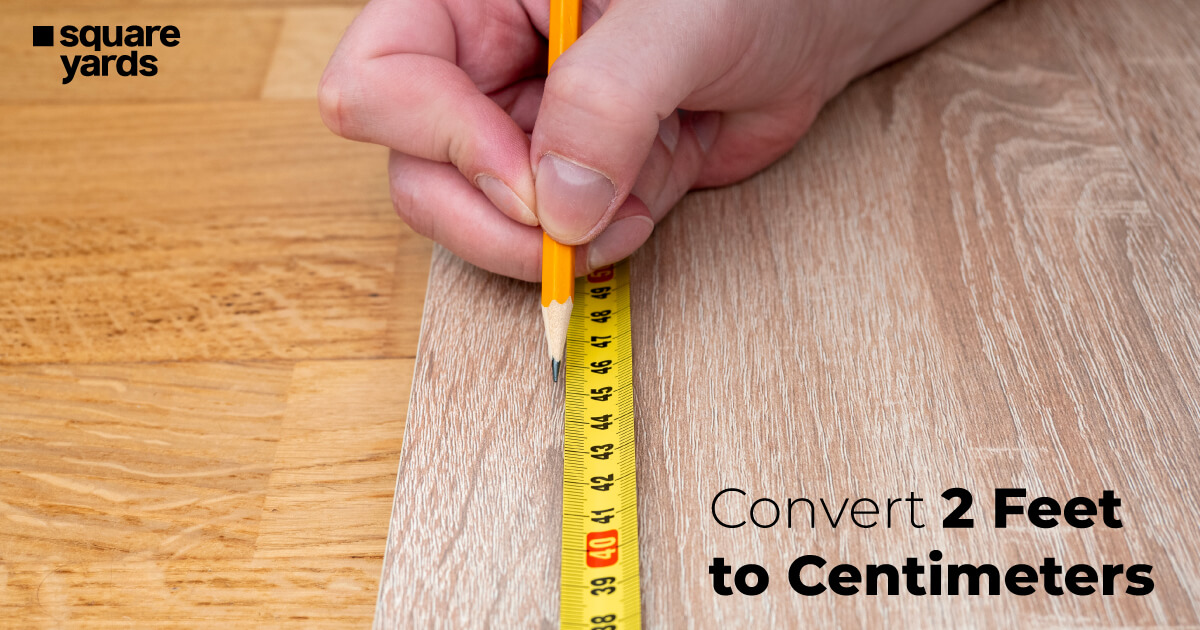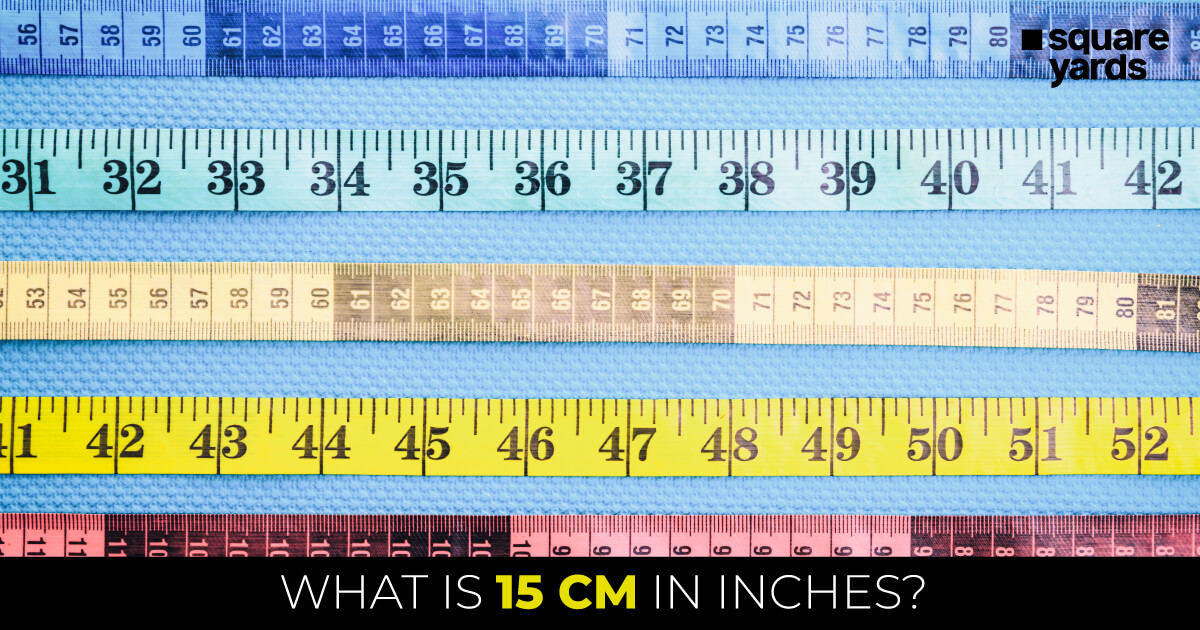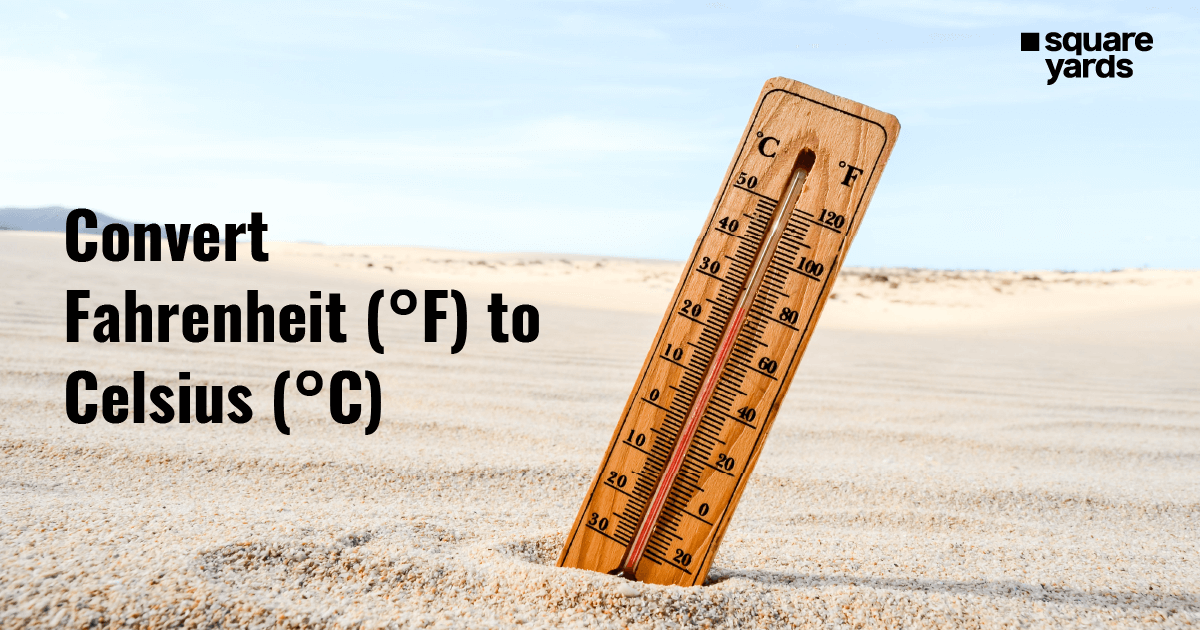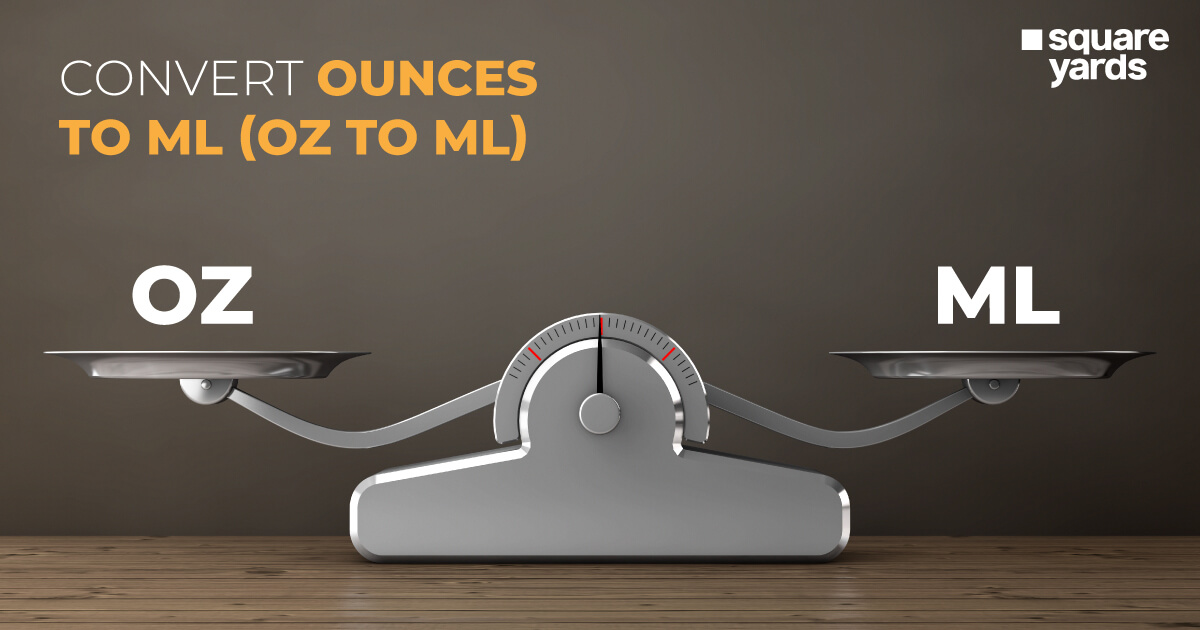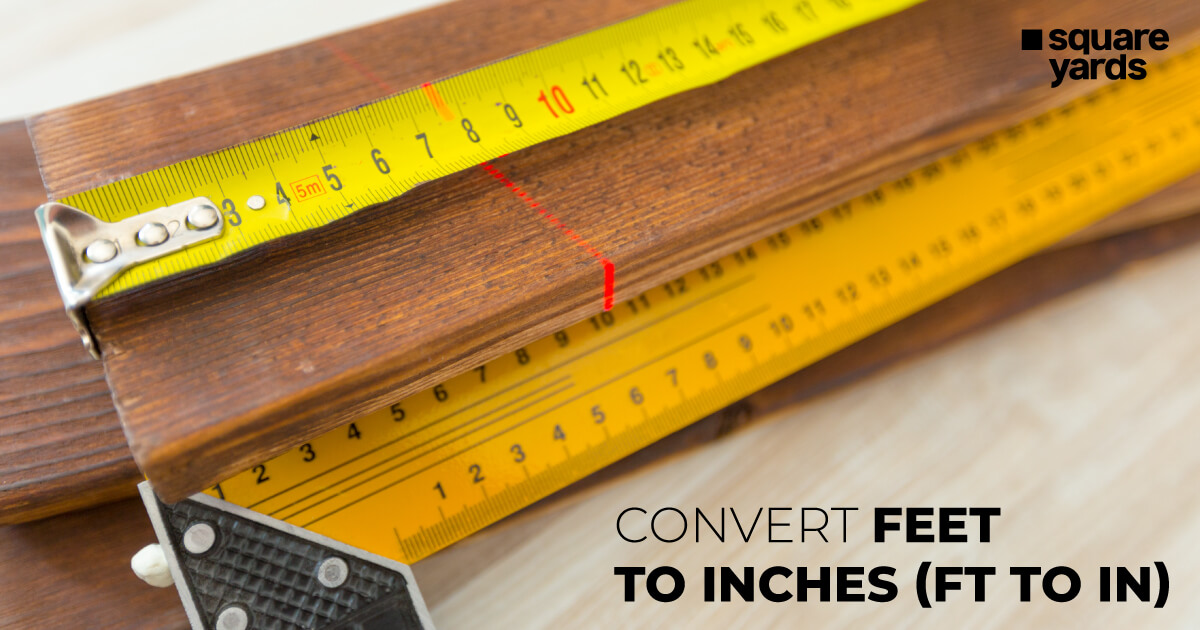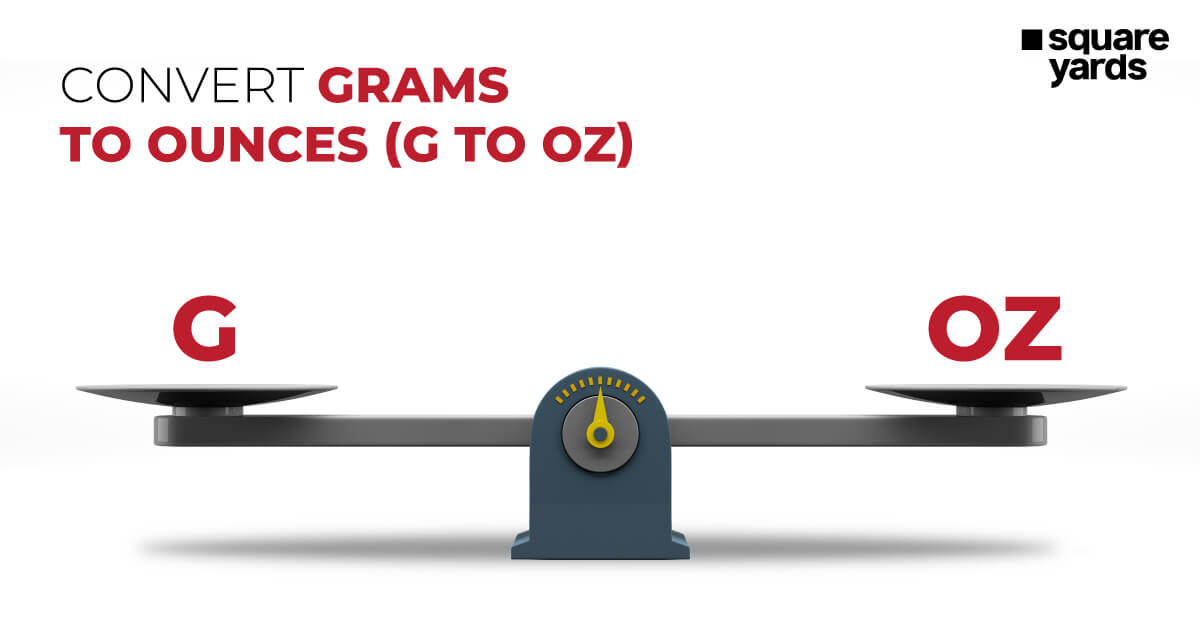Gallons and liters are a few units of measurement used in everyday life. They are a common part of our vocabulary. However, many people are still unfamiliar with the gal to l conversion. Some might find it a tedious task while others would find it hard to grasp the concept. This article will help you understand the gallons to liters conversion process with the simplest examples and a detailed gal to l chart.
What Are Gallons(Gal)
Gallons are a unit of liquid measurement. One gallon is equal to 4 quarts or 8 pints and is equal to 3.785 liters. There are mainly three types of gallons namely US dry gallon, US gallon, and imperial gallon.
-
Current Use of Gallons
Gallons are currently used to measure a variety of liquids, such as fuel for vehicles, water for pools and spas, and beverages such as beer and soda. They are also used to measure and package many food items, such as milk, juice, and oil. Gallons are also used in an industrial setting to measure and transport chemicals and other liquids. Gallons as a measurement unit are used in four British Overseas Territories. It is also used in six countries including Antigua and Barbuda, Saint Lucia, Grenada, and others.
-
History of Gallons
The gallon was first used in mediaeval England, where it was known as the wine gallon and was based on the volume of eight pounds of a specific type of wheat. In the 18th century, the term “gallon” was standardised to mean the space occupied by ten pounds of distilled water at a temperature of 62 degrees Fahrenheit and a pressure of 30 inches of Mercury. This standardised gallon was later adopted by the British and American governments. In the United States, the gallon is used to measure both liquid and dry volume. It is also used as a unit of measurement for fuel efficiency in automobiles.
What Is Liters(L)
Liters (L) is a unit of volume in the metric system. It is equal to one cubic decimetre (1 dm3 or 0.001 m3). It is also equal to 1,000 cubic centimetres (1 cm3 or 0.001 m3). Liters as a unit of measurement is acceptable within the International System of Units, albeit it is not a SI unit.
-
Current Use of Liters
Liters are commonly used to measure volume, particularly of liquids. Liters are often used to measure fuel consumption in vehicles, and to measure the size of containers for liquids such as milk and soft drinks. They are also used to measure the capacity of water tanks, swimming pools, and other large containers. Liters are also used to measure the volume of containers used to store and transport liquids, such as barrels and drums.
-
History of Liters
The unit of a volume known as the liter has a long, varied and interesting history. Its origins can be traced back to the ancient Greeks, who used the word litron to refer to a unit of measure for liquids. The Romans also used a unit of measure for liquids known as the amphora, which was roughly equivalent to the modern liter. in the Middle ages, a unit of measurement for liquids known as the ale pint was widely used in England. This unit was equivalent to about 1.2 liters. in 1795, the French adopted the liter as the official unit to measure liquids, which was defined as the volume of a cube with sides of 10 cm in length. This definition is still in use today.
The liter was adopted as an official unit of measure by the International System of Units (SI), in 1964. This system has since been adopted by most countries around the world as the official system of measurement. The liter is now widely used to measure volumes of liquids and is typically represented by the symbol “L”.
Relation Between Gallons to Liters (gal to l)
Gallons and liters are both units used to measure volume. One gallon is equivalent to 3.785 liters.
Abbreviations Commonly Used To Represent Gallons and Liters
Both gallons and liters are common units of measurement. Gallons are generally denoted by gal, Gal while L, and l are the abbreviations used for the unit liters.
Gallons to Liters Formula & Examples
Let’s understand the process of converting gallons to liters with the help of the formula, followed by some examples.
Formula: 1 gallon = 3.78541178 liters
Example 1:
Convert 10 gallons to liters
Keeping in mind the above formula
10 gallons x 3.78541178 = 37.85411780 liters
Example 2:
Convert 17 gallons to liters
Keeping in mind the above formula,
17 gallons x 3.78541178 = 64.35200026 liters
Gallons to Liters Conversion Table
Have a look at this gallons to liters chart to understand the conversion process better.
| Gallons | Liters | Gallons to Liters |
| 1 Gallon | 3.78541 L | 1 Gal = 3.78541 L |
| 2 Gallons | 7.57082 L | 2 Gal = 7.57082 L |
| 3 Gallons | 11.35623 L | 3 Gal = 11.35623 L |
| 4 Gallons | 15.14164 L | 4 Gal = 15.14164 L |
| 5 Gallons | 18.92705 L | 5 Gal = 18.92705 L |
| 6 Gallons | 22.71246 L | 6 Gal = 22.71246 L |
| 7 Gallons | 26.49787 L | 7 Gal = 26.49787 L |
| 8 Gallons | 30.28328 L | 8 Gal = 30.28328 L |
| 9 Gallons | 34.06869 L | 9 Gal = 34.06869 L |
| 10 Gallons | 37.8541 L | 10 Gal = 37.8541 L |
| 11 Gallons | 41.63951 L | 11 Gal = 41.63951 L |
| 12 Gallons | 45.42492 L | 12 Gal = 45.42492 L |
| 13 Gallons | 49.21033 L | 13 Gal = 49.21033 L |
| 14 Gallons | 52.99574 L | 14 Gal = 52.99574 L |
| 15 Gallons | 56.78115 L | 15 Gal = 56.78115 L |
| 16 Gallons | 60.56656 L | 16 Gal = 60.56656 L |
| 17 Gallons | 64.35197 L | 17 Gal= 64.35197 L |
| 18 Gallons | 68.13738 L | 18 Gal = 68.13738 L |
| 19 Gallons | 71.92279 L | 19 Gal = 71.92279 L |
| 20 Gallons | 75.7082 L | 20 Gal = 75.7082 L |
| 21 Gallons | 79.49361 L | 21 Gal = 79.49361 L |
| 22 Gallons | 83.27902 L | 22 Gal = 83.27902 L |
| 23 Gallons | 87.06443 L | 23 Gal = 87.06443 L |
| 24 Gallons | 90.84984 L | 24 Gal = 90.84984 L |
| 25 Gallons | 94.63525 L | 25 Gal = 94.63525 L |
| 26 Gallons | 98.42066 L | 26 Gal = 98.42066 L |
| 27 Gallons | 102.20607 L | 27 Gal = 102.20607 L |
| 28 Gallons | 105.99148 L | 28 Gal = 105.99148 L |
| 29 Gallons | 109.77689 L | 29 Gal= 109.77689 L |
| 30 Gallons | 113.5623 L | 30 Gal = 113.5623 L |
| 31 Gallons | 117.34771 L | 31 Gal = 117.34771 L |
| 32 Gallons | 121.13312 L | 32 Ga l= 121.13312 L |
| 33 Gallons | 124.91853 L | 33 Gal = 124.91853 L |
| 34 Gallons | 128.70394 L | 34 Gal = 128.70394 L |
| 35 Gallons | 132.48935 L | 35 Gal = 132.48935 L |
| 36 Gallons | 136.27476 L | 36 Gal = 136.27476 L |
| 37 Gallons | 140.06017 L | 37 Gal = 140.06017 L |
| 38 Gallons | 143.84558 L | 38 Gal = 143.84558 L |
| 39 Gallons | 147.63099 L | 39 Gal = 147.63099 L |
| 40 Gallons | 151.4164 L | 40 Gal = 151.4164 L |
| 41 Gallons | 155.20181 L | 41 Gal = 155.20181 L |
| 42 Gallons | 158.98722 L | 42 Gal = 158.98722 L |
| 43 Gallons | 162.77263 L | 43 Gal = 162.77263 L |
| 44 Gallons | 166.55804 L | 44 Gal = 166.55804 L |
| 45 Gallons | 170.34345 L | 45 Gal = 170.34345 L |
| 46 Gallons | 174.12886 L | 46 Gal = 174.12886 L |
| 47 Gallons | 177.91427 L | 47 Gal = 177.91427 L |
| 48 Gallons | 181.69968 L | 48 Gal = 181.69968 L |
| 49 Gallons | 185.48509 L | 49 Gal = 185.48509 L |
| 50 Gallons | 189.2705 L | 50 Gal = 189.2705 L |
Difference Between Gallons(gal) and Liters(l)
This table will help you understand the difference between gallons and liters .
| Basis of Comparison | Gallon | Liter |
| Definition | Gallon is an imperial unit of volume. | Liters is a metric unit of volume. |
| Relation | 1 Gallon = 3.78541 Liters | 1 Liter = 0.2641720524 gallons |
| Size | One gallon is bigger than liter | One liter is almost 4 times smaller than a gallon. |
| Use | A gallon is considered to be a standard unit of petrol. | Liter is used to measure the pourable liquid things. It can also be used for non-liquid things. |
| Applicability | This unit of measurement is mainly used in countries like the Libera, US, Colombia etc. | Mainly used in Australia, the United States, Canada and a few other countries. |
You May Also Read :
| Convert Square Meter To Square Feet | Square Meter To Square Feet |
| Guide To Inches To Cm | Inches To Cm |
| Convert Ounces To Ml | Ounces To Ml |
| Conversion of Ft To Cm | Ft To Cm |
Frequently Asked Question (FAQs)
To convert gallons to liters just remember the simple formula, 1 gal = 3.785412 l.
1 gallon has around 3.7 liters.
Upon gallon to liters conversion it is concluded that 1 gallon is equal to 3.785412 liters.
4 liters is a little more in quantity than 1 gallon. Since 1 liter is equal to 0.264 gallons, 4 liters will result in 1.06 gallons. How do I convert 1 gallon into liters?
How many liters are in a gallon?
What is 1 gallon equal to in liters?
Is 4 liters the same as 1 gallon?

